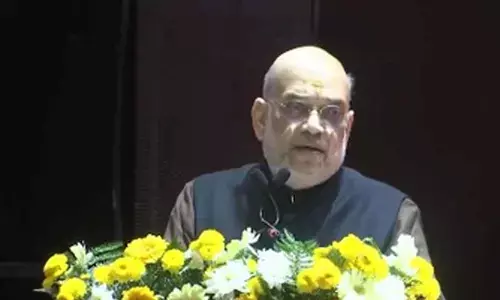Trading based on demand and supply

Whenever we take a trade based on demand and supply zone, there are certain pros and cons of it. First let us try to see the pros. Identifying a demand and supply zone is very easy.
Whenever we take a trade based on demand and supply zone, there are certain pros and cons of it. First let us try to see the pros. Identifying a demand and supply zone is very easy. Even a beginner who has a very minimum knowledge of price action theory can identify these levels. If one follows this theory, chances of taking wrong trades are minimised. As a trader knows where there is demand and where there is supply, he will never make an entry or exit at wrong levels. Another big advantage of this theory is that it offers multiple entries.
Let us understand what is demand and supply zone. When the price of a stock moves from one level to a certain level and then falls down again and then goes up and moves down again, demand and supply zones are easy to identify. To understand it better, let us consider it with a numerical example. Suppose the price of a stock moves from Rs 100 to 120 over a period of time. Let us assume after Rs 120, it falls back to 100 and rises up to 120 again. Technically speaking, this is a double top pattern. So, at hundred rupees price level, there is a demand zone and at Rs 120 there is a supply zone.
When the price is Rs 100, there are more buyers for it and demand is more. At 120, there is huge profit booking and the sellers are more and that becomes the supply zone. At 120, there is a lot of resistance for the price to move upward.
Having an insight of the pros, let's look at the cons. When we take a trade with this method, sometimes a trader takes a trade like a gambler. His trade set up is now common. As the trader has assumed that after reaching 120 the price of the stock will fall, he may short sell but the price may move to Rs 124 and that may be a false breakout also. In this situation, a trader may assume that there has been a break-out. There are chances of a false signal being generated. Stock may come down from Rs 124 also.
The demand and supply zone sometimes act like support and resistance. These price levels from Rs 100 to 120 may at times be in a in a rectangle because of the double top pattern method. At times when the price moves from 120 to 124, one may observe a candle with a long wick which is clearly indicative of a false breakout. So, a trader needs to watch carefully. So better option is to trade with slanting trend lines rather than horizontal trend lines. A slanting trend line is easy to identify as it moves either upward or downward. Thus, interpretation also becomes easier.
(The author is a homemaker who dabbles in stock market investments in free time)
















